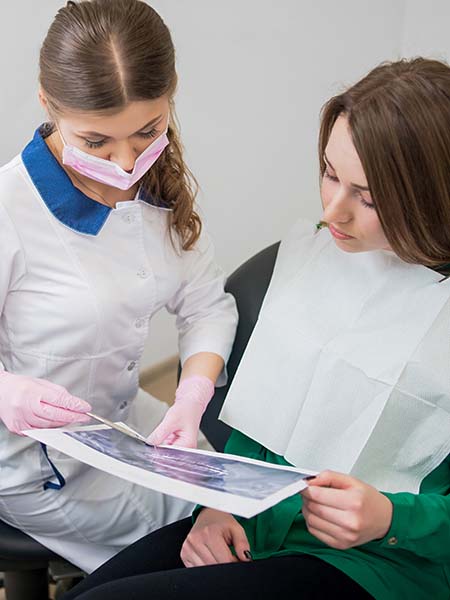A sinus lift is usually done before dental implants are placed.
It involves removing a small circle of bone, from either your own body or an external party, and lifting this into the sinus cavity. This is in the upper jaw, in the space between your jaw and sinus.
To make room for the bone, the sinus floor needs to be elevated, meaning the sinus membrane has to be moved upward, or “lifted”. Once space is created, bone grafting material can then be inserted.










